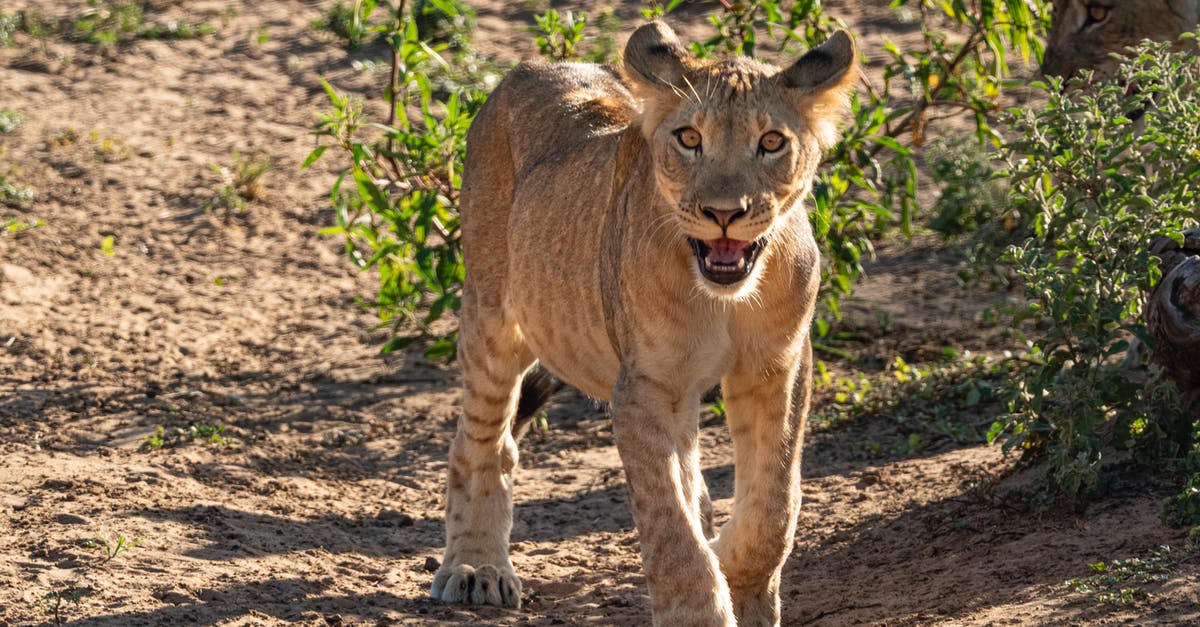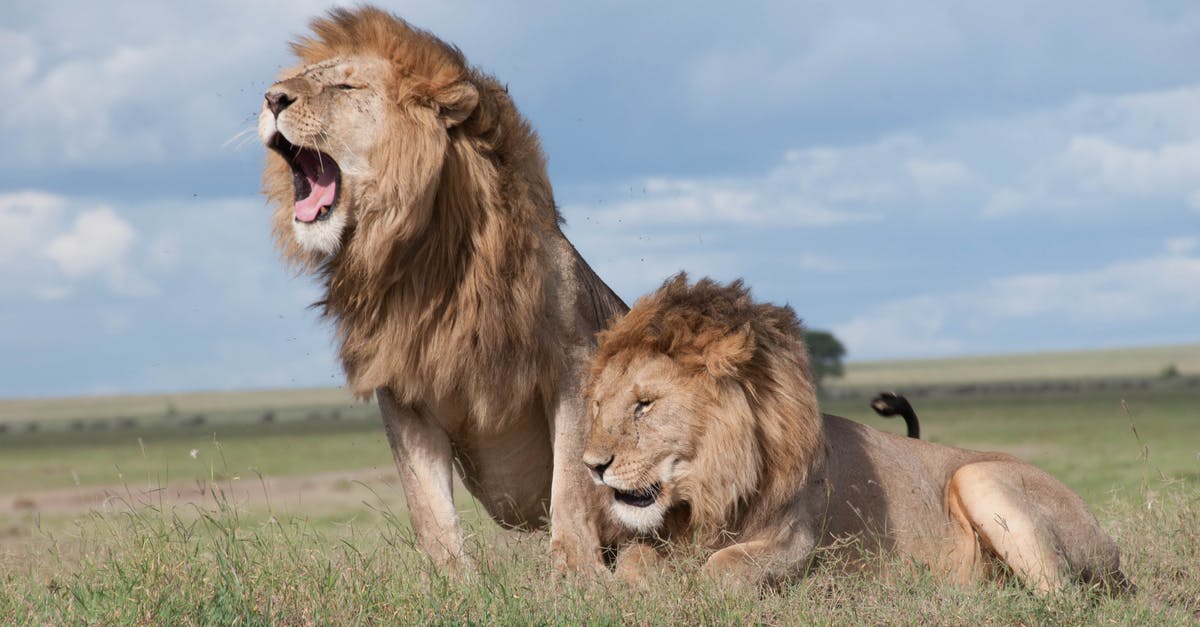Animals on movie sets - the cat in The Hateful Eight

In The Hateful Eight, chapter five, when a few more people arrive at Minnie's Haberdashery we can see a cat wandering around.
When they start killing almost everyone, no one hurts nor kills the cat nor the horses.
It is most likely that they didn't kill him, and that he is hiding for the rest of the movie.
I was suprised not to see him again, but I recognise Tarantino doesn't care about filming cats.
So my first question is: Does Quentin Tarantino like (or care) about animals? (I remember a horse being killed in Django Unchained, "Tarantino Style")
What makes me wonder, is that I usually see a line during the end credits, saying that "No animals were harmed [or whatever] while shooting the film", or something apporaching. But in those end credits, the only line was something like "Every animal was under the supervision of [Animal Protection Association]".
Which leads to my second question: Is this common now not to mention that no animals were harmed? Or is this because at least one animal has been harmed?
Best Answer
Before answer your question I need to point it out the work of the American Humane Association (AHA) which started to advise Hollywood movie industry about the behavior of animals and humans, which they been doing since 1939 after the group began protesting the public release of the film Jesse James, because of a scene where a horse was forced to run off the edge of a cliff. The horse fell over 70 feet to the ground below and broke its spine, having to be put down afterwards.
So, first question is yes, Tarantino is very interested in the animal's health when they work with it; in a interview with NPR he expressed:
"The only thing that I've ever watched in a movie that I wished I'd never seen is real-life animal death or real-life insect death in a movie (...) I don't like seeing animals murdered on screen. Movies are about make-believe. (...) I don't think there's any place in a movie for real death."
And to ensure this point, he mention the importance of the AHA in the movie set of Django Unchained:
So, to your second question, recently most movies put that they don't hurt animals or give bad treatment; what is clear is some of them just put the information (no animals hurt) when actually they did.
The Hollywood Reporter made investigations about some movies and found they almost killed animals; for example: Life of Pi, The Hobbit, the Zookeeper, among others. The AHA also explained some movies just use their authorization without a clear supervision of their staff.
Pictures about "Animals on movie sets - the cat in The Hateful Eight"



What is a haberdashery in the Wild West?
Not being American nor British, I had never heard the word 'Haberdashery' used before watching The Hateful Eight. Now, Haberdashery is a Haberdasher's store, and a Haberdasher is according to dictionary.com: a retail dealer in men's furnishings, as shirts, ties, gloves, socks, and hats.Is Django in The Hateful Eight?
There have also been reports for a while about a movie based on the Django/Zorro crossover comic, which could be really cool. But, ultimately, cutting Django out of The Hateful Eight was the right choice for that story.What happened to the cat in the Hateful 8?
In The Hateful Eight, chapter five, when a few more people arrive at Minnie's Haberdashery we can see a cat wandering around. When they start killing almost everyone, no one hurts nor kills the cat nor the horses. It is most likely that they didn't kill him, and that he is hiding for the rest of the movie.The Hateful Eight - Detective scene
Sources: Stack Exchange - This article follows the attribution requirements of Stack Exchange and is licensed under CC BY-SA 3.0.
Images: Sam Lion, Sam Lion, Charl Durand, Iurii Ivashchenko
